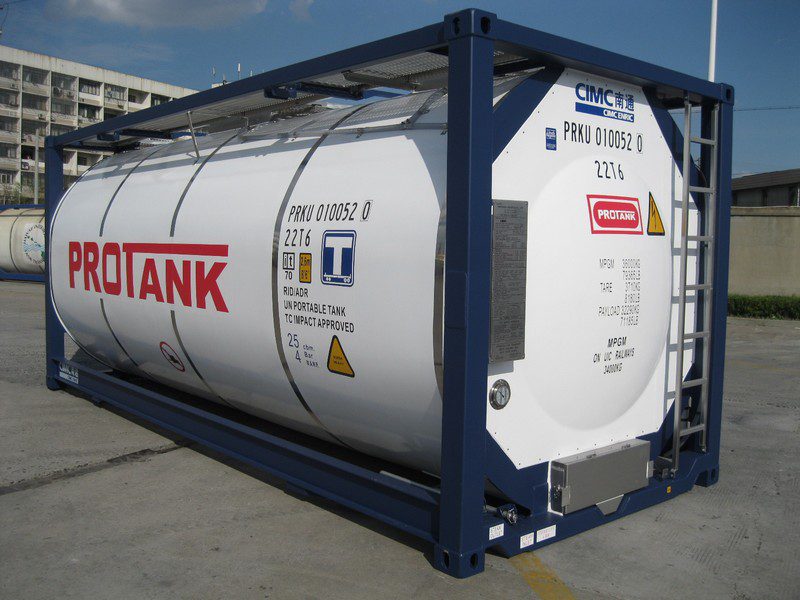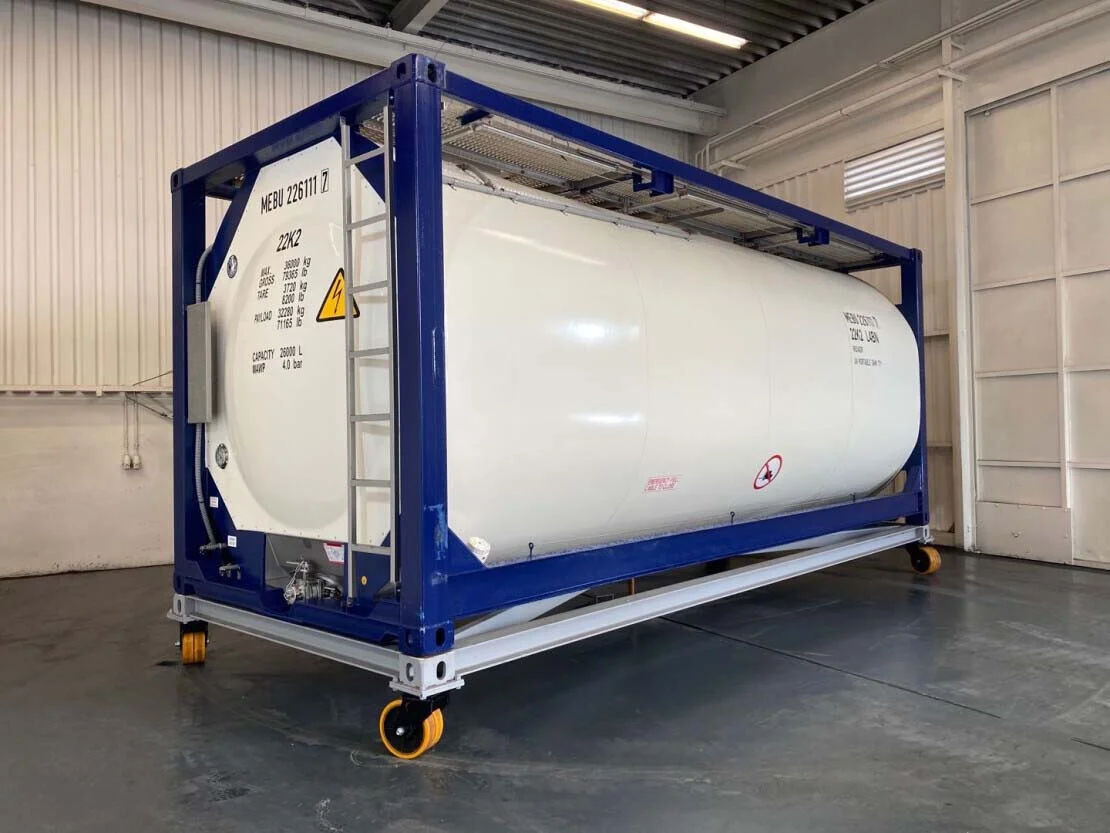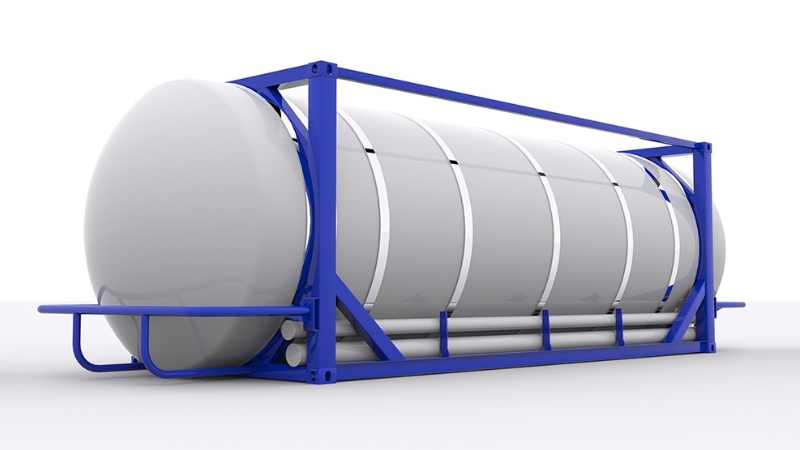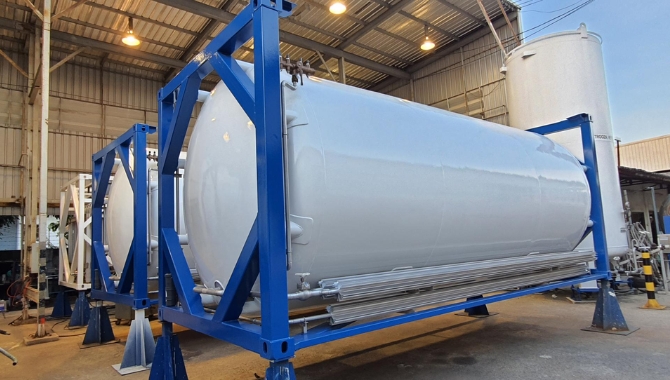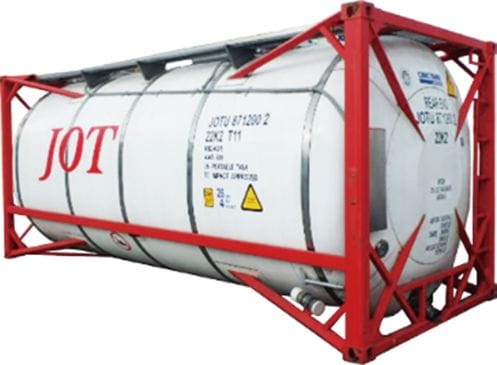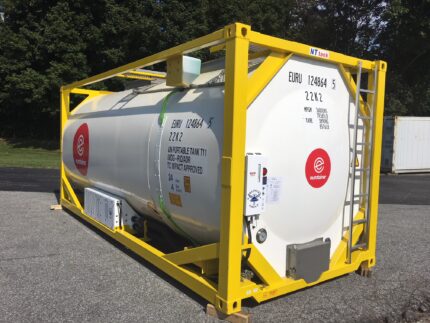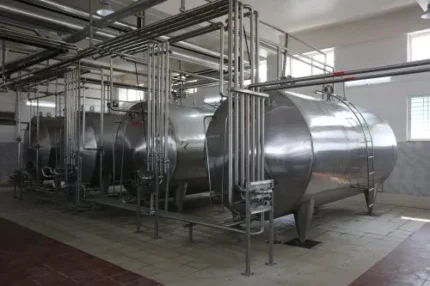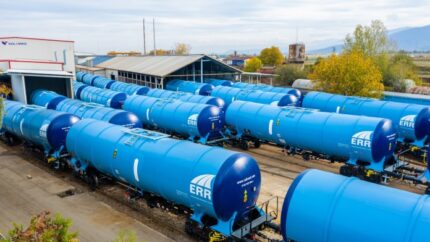Description
The Unsung Hero of Global Trade: Understanding the Standard ISO Tank Container
In the complex and interconnected world of global trade, it’s easy to overlook the crucial role played by unassuming workhorses like the ISO tank container. These standardized, cylindrical vessels are the backbone of transporting bulk liquids, gases, and powders across continents, playing a vital role in industries ranging from chemicals and food processing to energy and pharmaceuticals. But what exactly is an ISO tank container, and why is it so important?
What is an ISO Tank Container?
An ISO tank container, often simply referred to as a “tank container,” is a standardized, stainless steel pressure vessel held within a rectangular framework. This framework adheres to the standards set by the International Organization for Standardization (ISO), specifically ISO 1496-3. These standards dictate the overall dimensions, handling requirements, and structural integrity necessary for safe and efficient transportation across various modes of transport: road, rail, and sea.
Key Features and Benefits of Standard ISO Tank Containers:
- Standardization: The ISO standardization is paramount. It ensures compatibility with handling equipment at ports, terminals, and transport vehicles worldwide. This seamless integration streamlines logistics, minimizes handling risks, and reduces transfer times.
- Robust Construction: Built from high-grade stainless steel, ISO tank containers are designed to withstand the rigors of global transport. They are specifically engineered to handle significant pressure and temperature fluctuations, ensuring the integrity of their contents during transit.
- Versatility: A wide variety of products can be safely transported in ISO tank containers. This includes:
- Chemicals: From corrosive acids and alkalis to solvents and resins.
- Foodstuffs: Edible oils, juices, wine, and even spirits.
- Gases: Liquefied gases like propane, butane, and ammonia.
- Pharmaceuticals: Active ingredients, bulk drugs, and other sensitive materials.
- Safety: The closed and sealed nature of tank containers minimizes the risk of leaks, spills, and contamination, ensuring the safety of both the cargo and the environment. They are often equipped with pressure relief devices and other safety features to prevent accidents.
- Cost-Effectiveness: Compared to traditional packaging methods like drums or IBCs (Intermediate Bulk Containers), tank containers offer significant cost savings for large-volume shipments. They reduce the need for manual handling, minimize packaging waste, and optimize space utilization on ships and trucks.
- Environmental Friendliness: By reducing the need for single-use packaging, ISO tank containers contribute to a more sustainable supply chain. Their durability and reusability minimize waste and lower the environmental impact of shipping.
Understanding the Different Types and Specifications:
While adhering to the overall ISO standards, tank containers come in various types and specifications to accommodate diverse cargo requirements. These variations include:
- T Codes: These codes identify the type of cargo approved for transport in a specific tank container, based on its properties and hazards.
- Shell Thickness: Different shell thicknesses are required depending on the pressure and corrosiveness of the cargo.
- Insulation and Heating Systems: Some tank containers are equipped with insulation and heating systems to maintain the temperature of temperature-sensitive products.
- Linings: Specialized linings, such as rubber or PTFE, can be applied to the interior of the tank to protect it from corrosive materials.
Looking Ahead: The Future of ISO Tank Containers:
As global trade continues to grow, the demand for efficient and safe bulk liquid transportation will only increase. The ISO tank container is poised to remain a crucial element in the supply chain. Ongoing innovations are focusing on:
- Smart Tank Containers: Integrating IoT (Internet of Things) sensors to monitor temperature, pressure, location, and other critical parameters in real-time.
- Lightweight Materials: Exploring alternative materials, such as composite materials, to reduce the weight of tank containers and improve fuel efficiency.
- Improved Cleaning Technologies: Developing more efficient and environmentally friendly cleaning methods for tank containers.
Conclusion:
The standard ISO tank container is a testament to the power of standardization in facilitating global trade. Its robust design, versatility, and safety features make it the ideal solution for transporting a wide range of bulk liquids, gases, and powders. By understanding the fundamental principles of ISO tank containers, businesses can optimize their logistics operations, reduce costs, and contribute to a more sustainable and efficient global supply chain. So, the next time you see one of these cylindrical giants rolling down the highway or loaded onto a ship, remember the vital role it plays in connecting the world.

